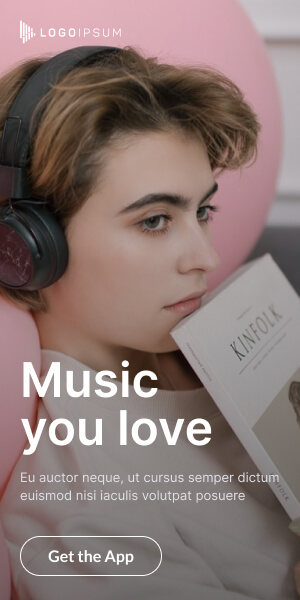Coolest Cooler (2014)
The Product: The Coolest Cooler is an all-in-one outdoor entertainment solution for tailgating, camping, boating, picnics, beach parties, barbecues, and anytime you’re enjoying the great outdoors. It includes a blender, Bluetooth speaker, USB charger, LED light, oversized wheels, bottle opener, and bungee tie-down. The company initially raised $13 million from 60,000 customers pledging $165 and more for a cooler, making it the highest-funded Kickstarter campaign of 2014. But 20,000 early backers had still not received their coolers two years after the promised delivery date, sparking an investigation from the Oregon Department of Justice. You can read a letter from CEO/founder Ryan Grepper to his angry customers here.
The 20,000 Kickstarter backers who have been waiting two years for their high-tech Coolest Cooler to arrive learned they may have to wait another three after founder and CEO Ryan Grepper issued a long-awaited update .

The 20,000 Kickstarter backers who have been waiting two years for their high-tech Coolest Cooler to arrive learned they may have to wait another three after founder and CEO Ryan Grepper issued a long-awaited update .
The Product: Google Glass was a wearable, voice-controlled Android device that resembled a pair of eyeglasses and displayed information directly in the user’s field of vision.
Why was this an epic fail?
Consumers didn’t know what problems a wearable computer would solve for them and why they needed a $1,500 pair of glasses.
The design wasn’t aesthetically appealing. As The Guardian put it, users of the product looked like “dorks,” the “contemporary version of those 1950s engineers who always had several pens and a propelling pencil in their top jacket pockets.”
There was a public backlash over privacy concerns. Because the glasses allowed wearers to clandestinely record video – unlike the obvious presence of cell phone cameras – the product made bystanders uncomfortable. Nightclub bouncers, for example, banned patrons from wearing them.
The same safety fears about cell phones and radio frequency radiation were magnified with Google Glass because it was meant to be worn on your face all the time.
The product had significant UI and firmware issues, with no product fixes for nearly 3 years.
Lessons Learned:
Technologies looking for a problem to solve have a very high probability of failing.
Product designers need to solve problems that customers care about and are willing to pay to resolve.
Do not fall into the “If we build it, they will come” mindset.


Excellent research article